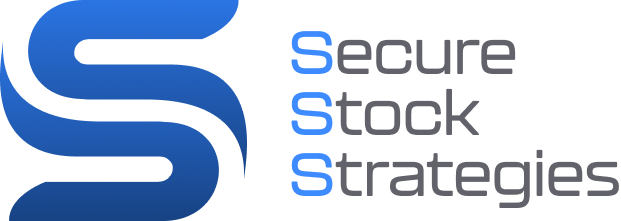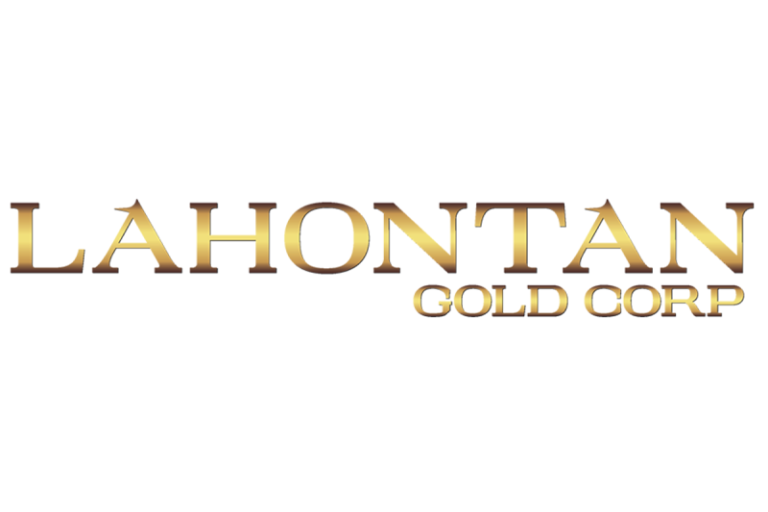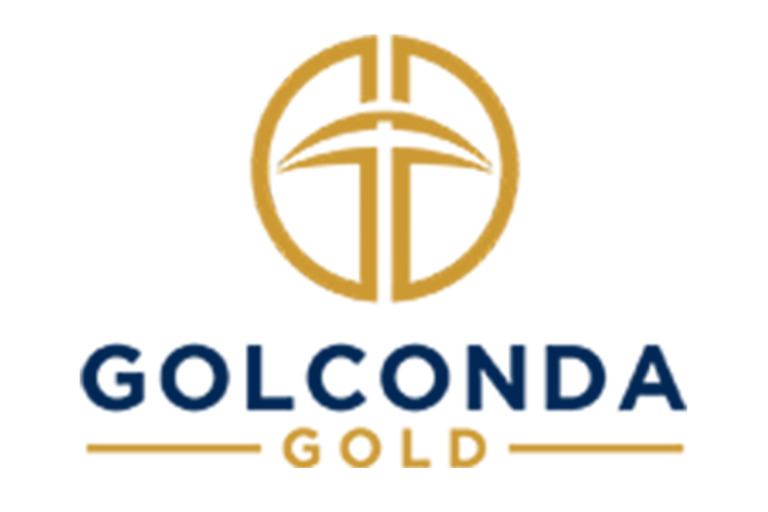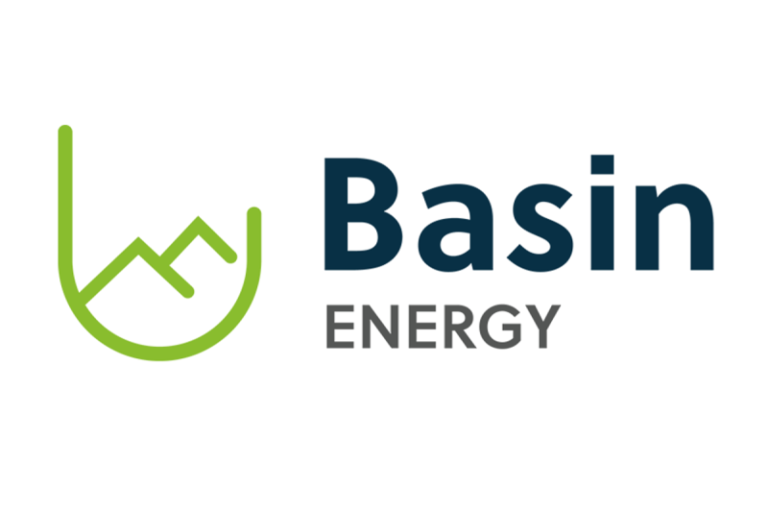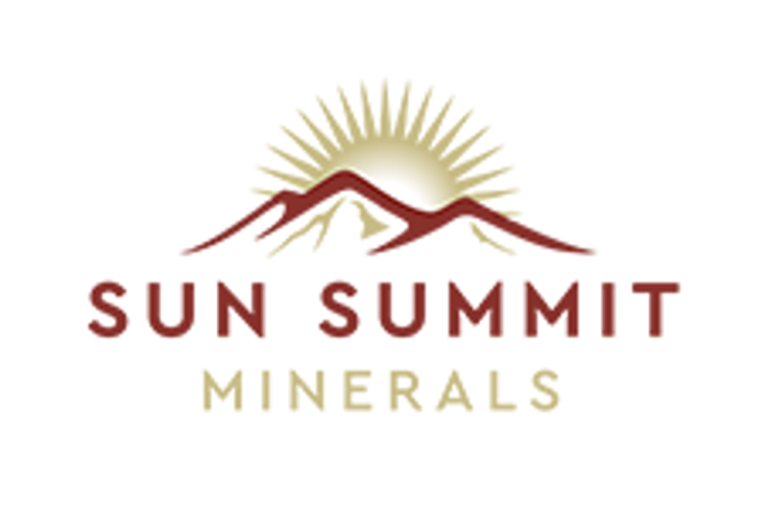A newly released State of CleanAI report from the Toronto-based CleanAI Initiative delivers a compelling snapshot of a sector quietly revolutionizing the clean economy transition. This sector is the application of artificial intelligence (AI) to climate solutions, collectively known as cleanAI.
The report points to a niche subsector that merges AI and sustainability moving rapidly from niche to mainstream, with venture capital funding surpassing US$50 billion since 2020.
This milestone is particularly notable given that the broader cleantech sector has experienced a slowdown. Instead, cleanAI shows robust growth, accounting for 10 percent of global AI venture funding.
The United States leads by a significant margin, accounting for roughly 60 percent of total investments at over US$30 billion during the time measured. Sweden, Germany, China and Canada follow with investment totals ranging between US$2 billion and US$5 billion.
For Canadian investors and innovators, cleanAI represents a substantial area of growth, with over 155 deals to date indicating a vibrant and expanding market.
The forecast is equally optimistic. CleanAI investments are on pace to surpass US$60 billion by 2026, signaling increasing investor confidence in AI’s role as a force multiplier for climate action. These markets represent multi-trillion-dollar opportunities extending over decades, where AI not only facilitates efficiencies but can also unlock entirely new pathways for sustainability.
The scope and impact of cleanAI technologies
The report identifies six main cleanAI application sectors:
- Energy and Power, using AI to optimize renewables, grid flexibility, storage and green hydrogen.
- Materials and Chemicals, featuring AI for process optimization, material discovery, carbon-to-fuel and R&D. This was projected to be the fastest-growing category.
- Agriculture and Food, using AI to boost sustainable yields through regenerative agriculture, soil carbon measurement, biofertilizers and plant-based protein.
- Transportation and Logistics, optimizing EV fleets, shipping, charging infrastructure and sustainable sourcing through AI.
- Resources and Environmental Management, improving carbon capture, water efficiency, environmental quantification, traceability and the circular economy.
- Waste and Recycling, using emerging AI solutions for smart sorting, reuse monitoring, and traceability, aim to increase recycling and reduce landfills.
Investment trends: Energy power leads, materials and chemicals rising
The report found that energy and power technologies dominate, garnering about 51 percent of total cleanAI investments year-to-date in 2025, driven by pressing decarbonization needs and the maturity of AI-enabled grid and energy solutions.
Materials and chemicals applications represent the fastest-growing portion of the investment pie, capturing investor interest through advancements in industrial efficiency and materials science enhanced by AI.
The report notes that 2025 has already been marked by several mega-deals, particularly in energy, power and materials chemicals.
Conversely, agriculture and food have seen a decline from their 2021 peak in funding, while the waste and recycling segment is just beginning to attract meaningful venture capital.
Notably, about 30 percent of investors participating in these rounds are corporate venture capital arms, such as Toshiba (TYO:6502), Mitsubishi (OTC Pink:MIMTF) and Samsung (HKEX:2814).
Challenges and key themes
Despite the progress, the report highlights several challenges for scaling cleanAI. A top concern is the increasing energy consumption of AI technologies themselves, which could counteract their climate benefits if not managed carefully.
However, the potential net gains from AI-driven efficiency improvements across sectors suggest the overall climate impact of cleanAI remains very positive.
Another major barrier is “siloed expertise”, meaning that few investors and innovators possess the combined skill set that marries deep AI knowledge with climate science. The authors note tht this limits capital flows and impedes cross-domain collaboration, underlining the need for integrated approaches to innovation in this space.
The rapid evolution of AI tools adds complexity to the cleanAI market, making strategic insight and careful navigation essential for investors and companies alike.
The future: mainstreaming cleanAI
The CleanAI Initiative’s report portrays a sector at a point where momentum from venture capital, corporate partnerships, and technology converge to accelerate the transition to a clean economy.
For investors, cleanAI offers multi-layered opportunities, from early-stage startups to corporate venture capital targeting strategic growth. The multi-trillion-dollar markets implicated suggest that CleanAI could continue to be a critical component of investment strategies focused on sustainability and technology leadership.
For investors seeking to align returns with impact, cleanAI offers a compelling and increasingly accessible frontier.
Securities Disclosure: I, Meagen Seatter, hold no direct investment interest in any company mentioned in this article.
